When it comes to homeschooling, especially for children with dyslexia, hands-on learning is one of the most effective ways to teach. But what exactly is hands-on learning, and why is it beneficial for struggling learners? More importantly, how can you incorporate it into your homeschool routine? In this post, we’ll dive into what makes hands-on learning so powerful, explore subject-specific strategies, and recommend some fantastic programs and resources to help bring learning to life.
What Is Hands-On Learning?
Hands-on learning is an interactive approach that engages children in physical activities rather than passive learning methods like lectures, worksheets, or rote memorization. It allows students to manipulate objects, conduct experiments, and engage their senses to grasp complex concepts more easily. This multisensory approach is particularly beneficial for children with dyslexia and other learning differences because it supports memory retention, increases engagement, and helps build confidence in their abilities.
Why Hands-On Learning Works for Struggling Learners
Children with dyslexia often process information differently, making traditional teaching methods ineffective. Hands-on learning benefits them in several ways:
- Enhances Retention – Multisensory activities reinforce learning by engaging multiple pathways in the brain, making it easier for struggling learners to recall information.
- Encourages Active Engagement – Instead of passively absorbing information, students become active participants in their learning, which boosts motivation and focus.
- Reduces Frustration – Hands-on activities allow learners to approach new material in a non-threatening way, reducing anxiety and increasing confidence.
- Improves Fine Motor Skills – Many hands-on activities also support fine motor development, which can be beneficial for children who struggle with handwriting or coordination.
Hands-On Learning Ideas for Homeschool Families
Math
Many children with dyslexia also struggle with math (often referred to as dyscalculia). Hands-on math activities help them understand abstract concepts more concretely.
- Use Manipulatives – Incorporate counting bears, base ten blocks, Cuisenaire rods, or an abacus to help visualize numbers and operations.
- Real-Life Math Applications – Cooking, measuring ingredients, budgeting with real money, or grocery shopping can turn math into a practical and meaningful experience.
- Board Games and Card Games – Games like Sum Swamp, Monopoly, or Yahtzee help reinforce arithmetic skills in a fun, low-pressure setting.
- LEGO Math – Use LEGO bricks to teach addition, subtraction, fractions, and even multiplication.
Visit my Amazon Store for links to some of the best hands-on math resources.
Reading & Spelling
For students with dyslexia, phonics and spelling instruction should be explicit and multisensory.
- Sand or Shaving Cream Writing – Writing words in sand or shaving cream engages touch and movement to reinforce spelling patterns.
- Magnetic Letters – Move letters around to form words and manipulate sounds for better phonemic awareness.
- Jump and Spell – Write sight words or phonics rules on index cards, lay them on the floor, and have your child jump to the correct word as you call it out.
- Orton-Gillingham-Based Programs – Programs like All About Reading and Logic of English incorporate multisensory techniques specifically for dyslexic learners.
Writing
Writing can be particularly difficult for students with dyslexia due to spelling struggles, handwriting difficulties, and organizing thoughts.
- Dictation & Speech-to-Text – Allow children to dictate stories or use voice-to-text tools like Dragon NaturallySpeaking or Google Docs Voice Typing.
- Graphic Organizers – Use visual maps or storyboards to help plan writing before putting words on paper.
- Story Cubes – Roll dice with pictures on them to inspire storytelling and creativity.
- Write with Playdough or Clay – Shaping letters and words out of tactile materials can reinforce writing skills in a hands-on way.
Read this post for ideas for teaching writing to kids with dyslexia.
Science
Science is naturally hands-on, making it one of the easiest subjects to teach using this approach.
- Experiments & STEM Kits – Conduct simple chemistry experiments, build circuits, or grow plants to reinforce scientific concepts.
- Nature Journaling – Encourage observation skills by taking nature walks and recording findings in a journal.
- Dissections & Models – Use animal dissections (real or virtual), skeleton models, or anatomy puzzles to explore biology.
- Tinkering & Building – Encourage problem-solving through engineering challenges using household materials or kits like Snap Circuits.
See this list of hands on science resources for homeschoolers.
History
History can be challenging to grasp through textbooks alone. Bringing history to life with hands-on activities makes it more engaging and memorable.
- Dress-Up & Role-Playing – Act out historical events or dress as famous historical figures.
- Timelines & Lapbooks – Create large visual timelines or lapbooks to organize historical information.
- Field Trips & Virtual Tours – Visit museums, historical sites, or take virtual field trips to immerse in different time periods.
- Cooking Historical Recipes – Make food from different time periods to connect history with real-life experiences.
Recommended Hands-On Learning Programs & Resources
- All About Reading & All About Spelling – Highly effective, multisensory programs designed for struggling readers and spellers.
- RightStart Math – A hands-on math curriculum using an abacus and visual strategies.
- Math-U-See – A great program that uses manipulatives to teach math concepts concretely.
- Snap Circuits & KiwiCo Crates – Engaging STEM kits for hands-on science learning.
- Handwriting Without Tears – Helps children with fine motor difficulties develop writing skills.
- Mystery of History & Story of the World – Interactive history curricula that include activities, crafts, and storytelling.
Final Thoughts
Hands-on learning is a powerful tool for all students, but it is especially transformative for those with dyslexia. By incorporating movement, touch, and real-life experiences into your homeschool routine, you can help struggling learners build confidence, retain information better, and develop a love for learning. Whether you’re tackling math with manipulatives, exploring history through role-play, or making spelling fun with sensory writing, hands-on learning is a game-changer.
Try some of these strategies and resources, and watch your child thrive!
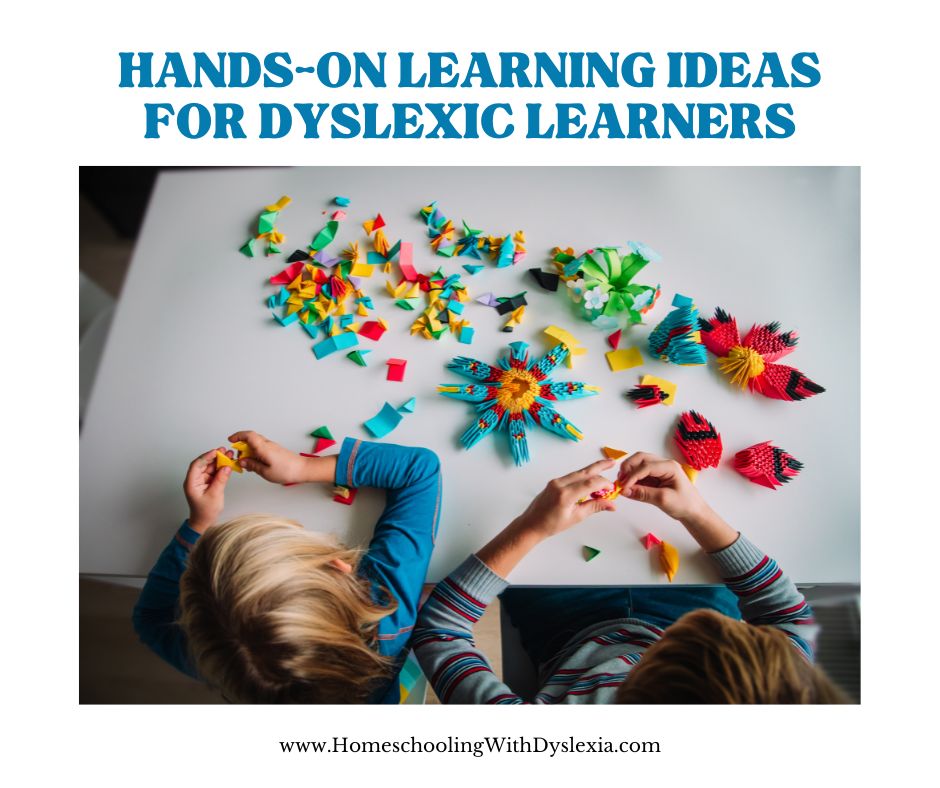

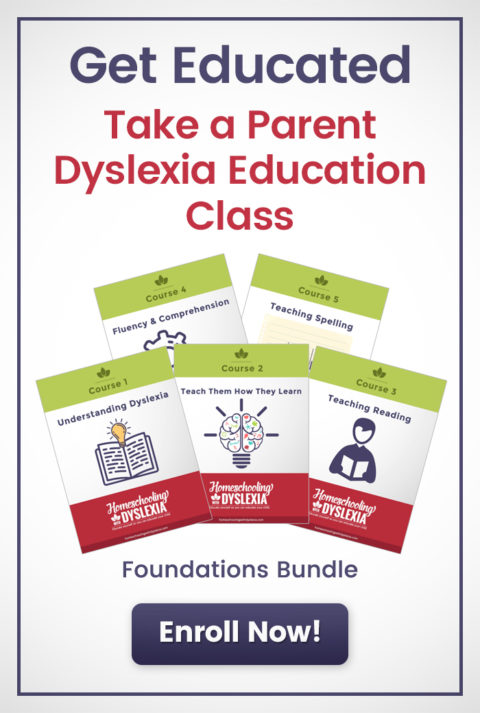
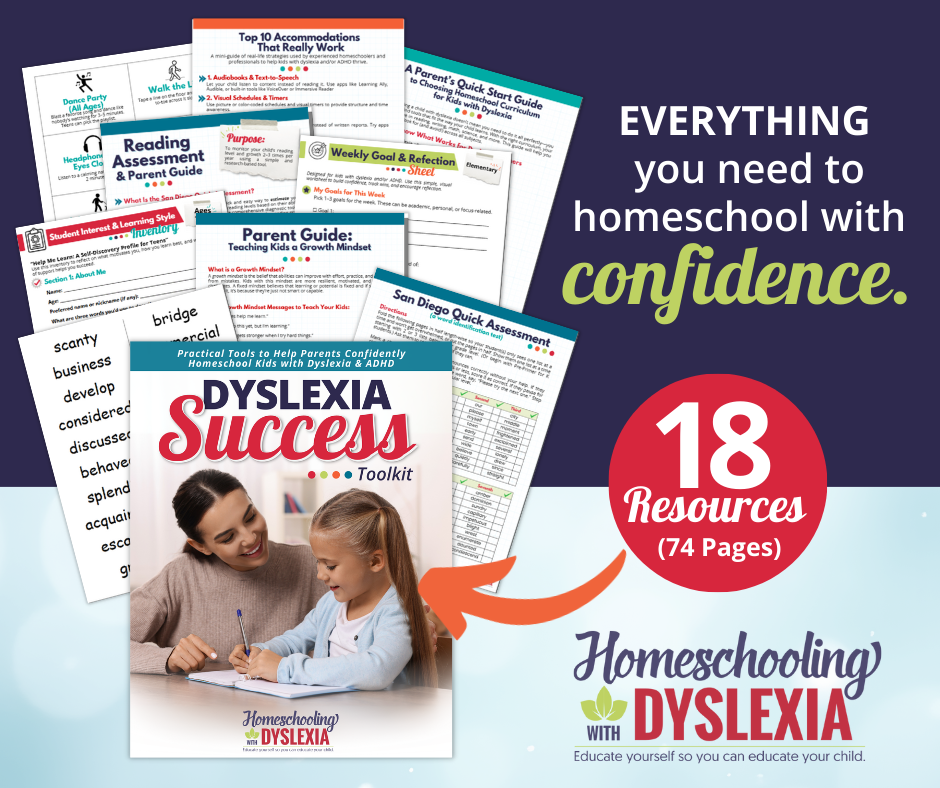
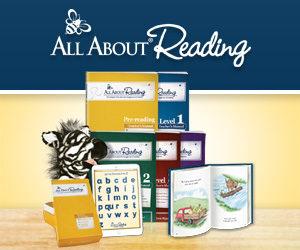
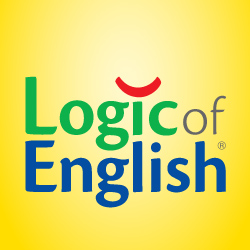

0 Comments